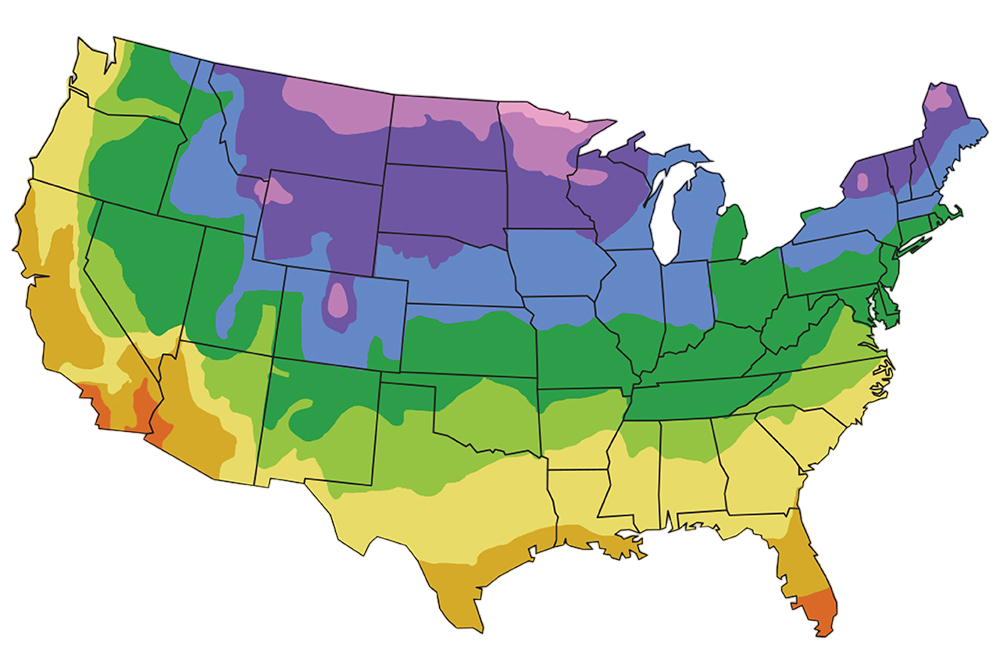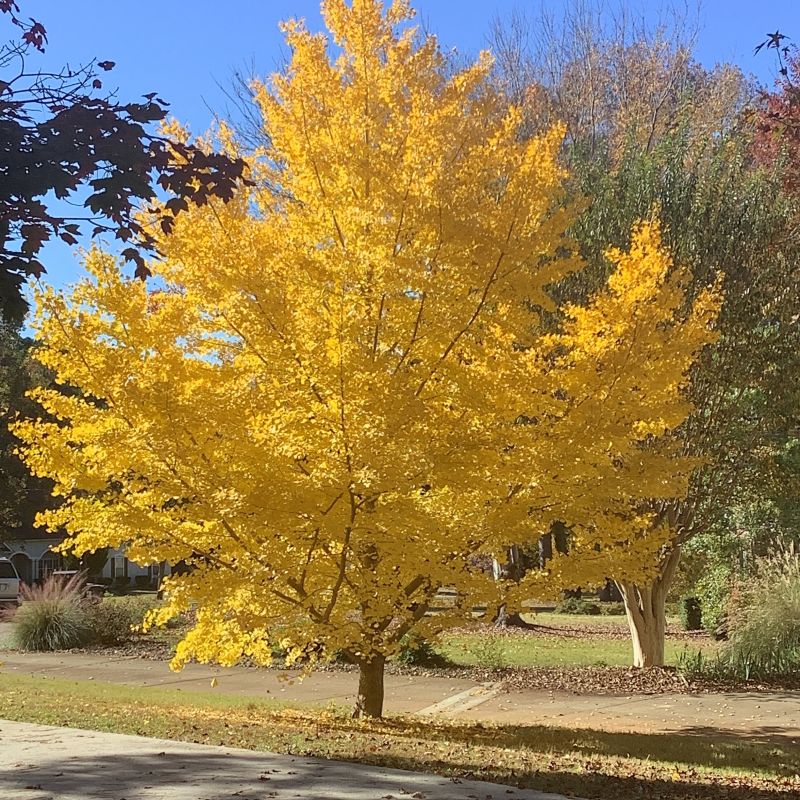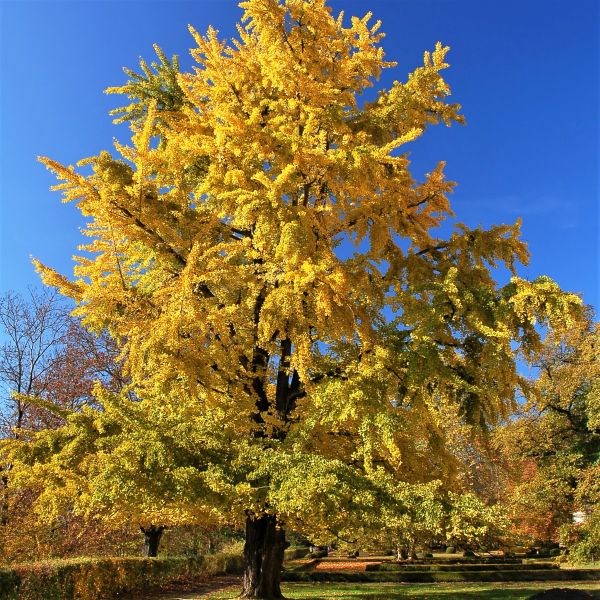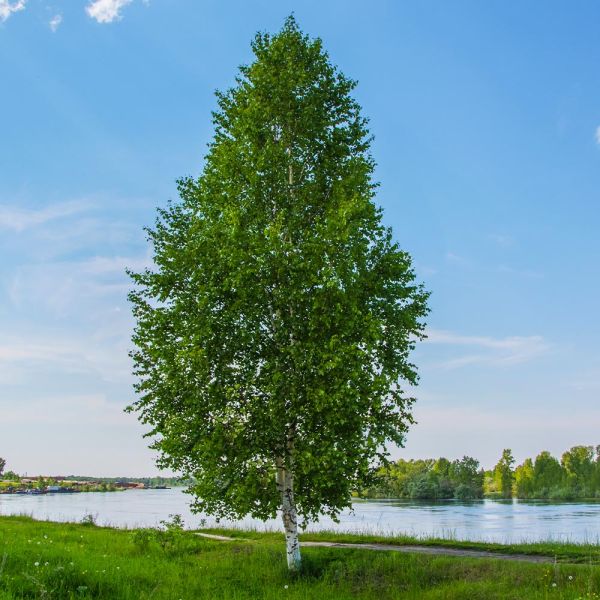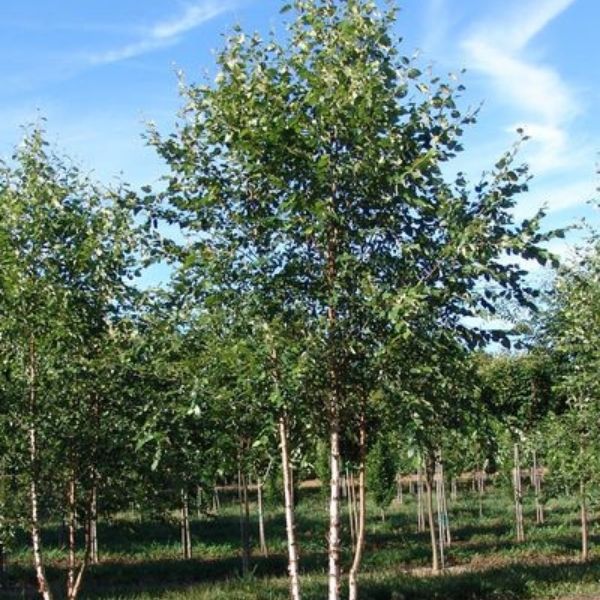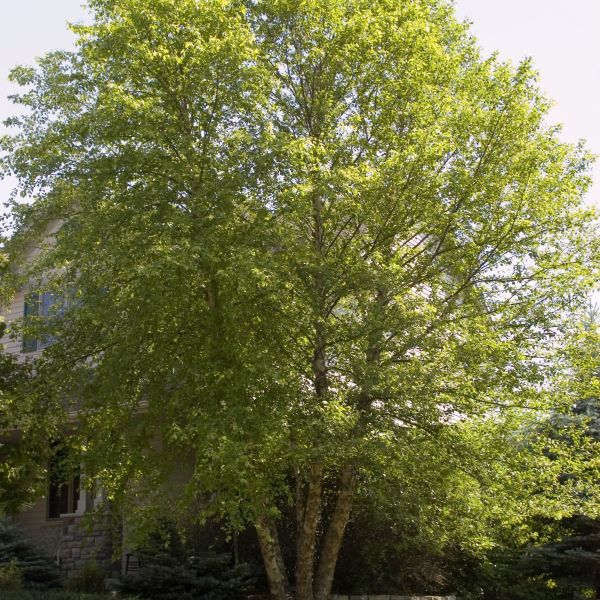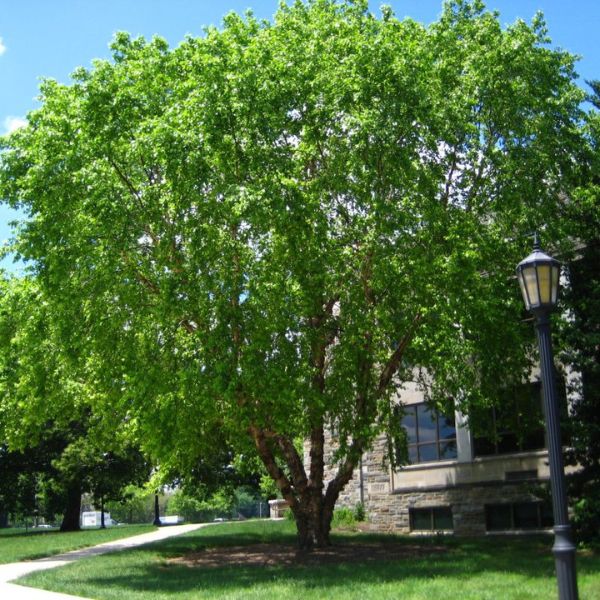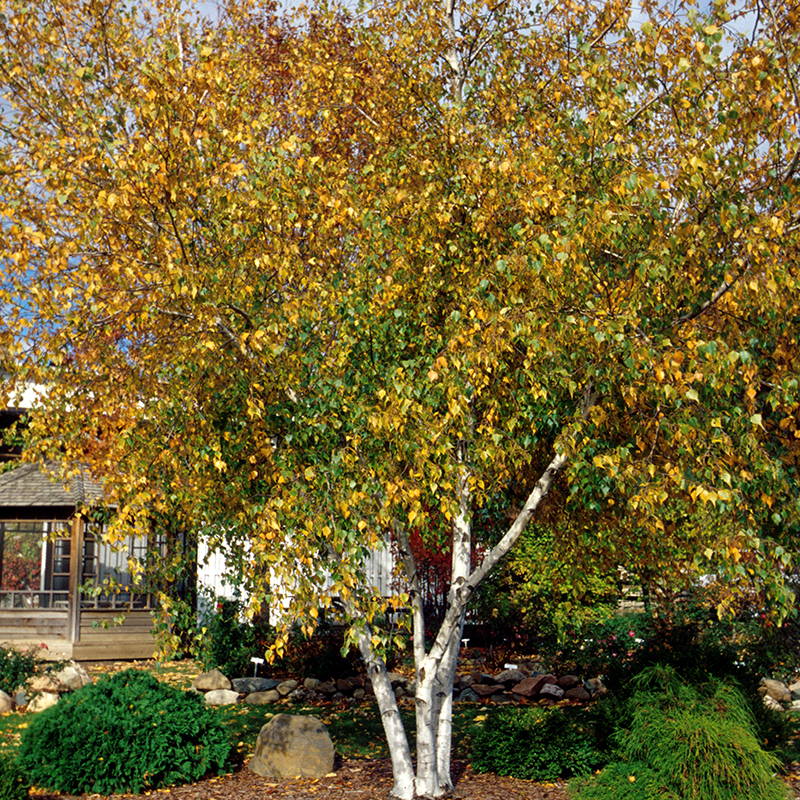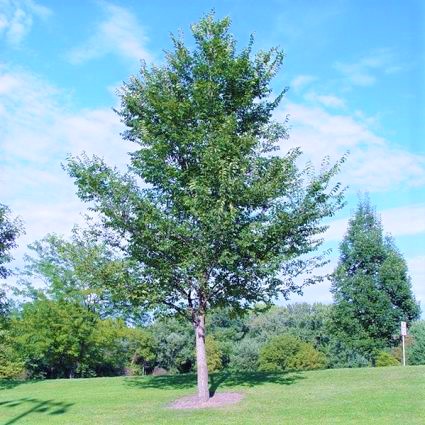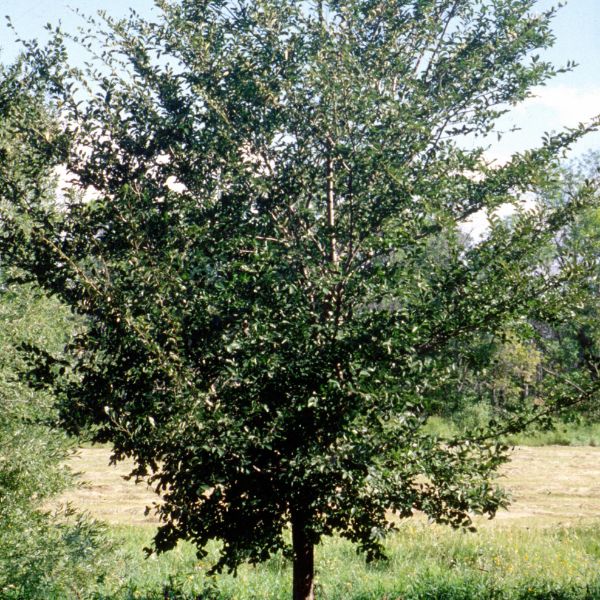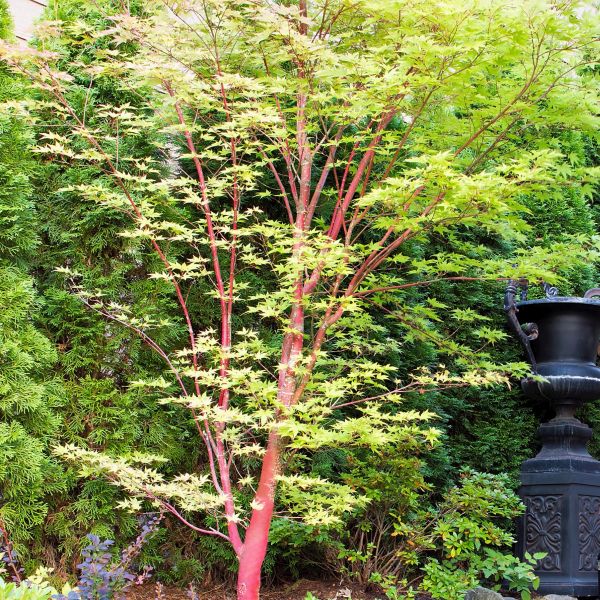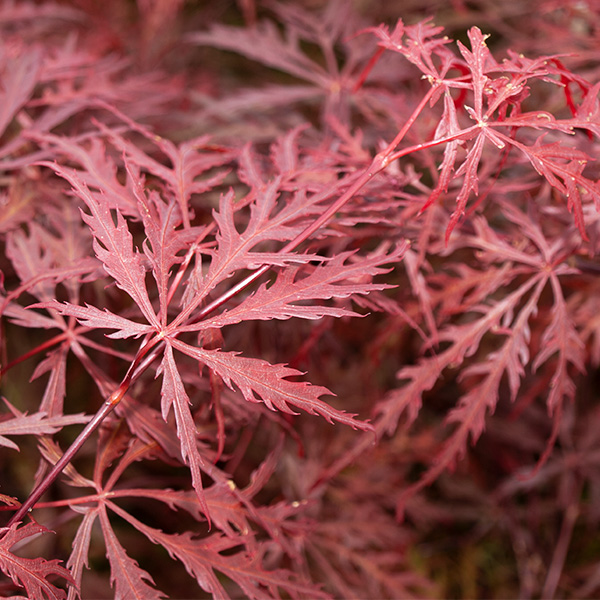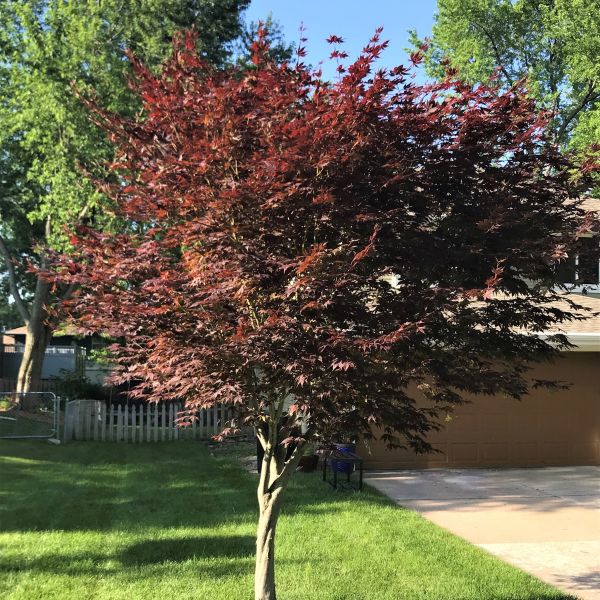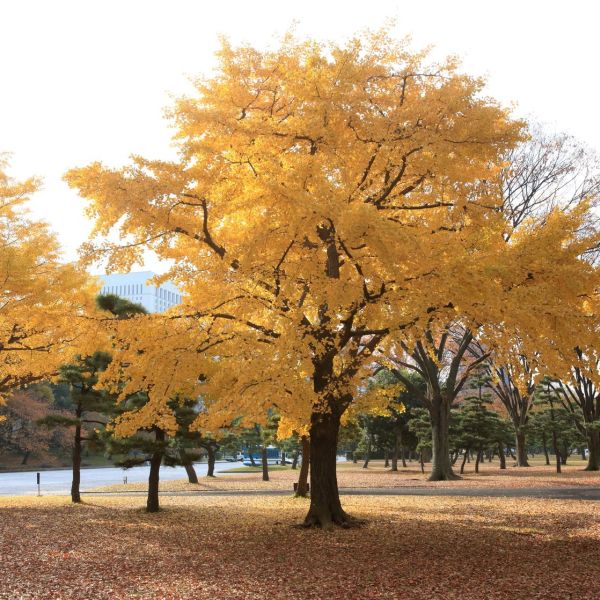

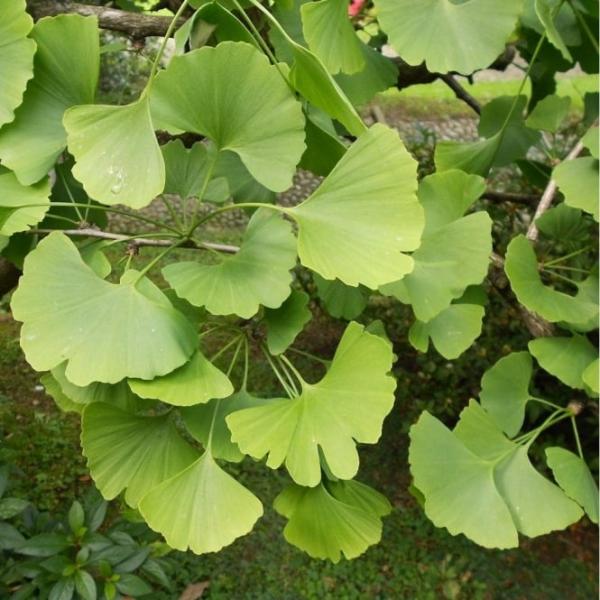
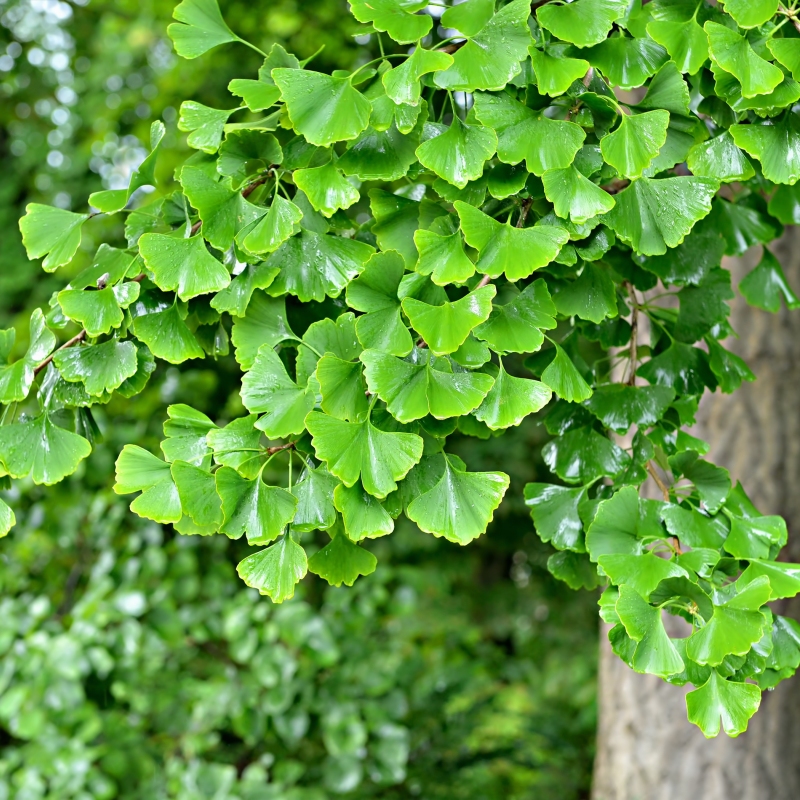
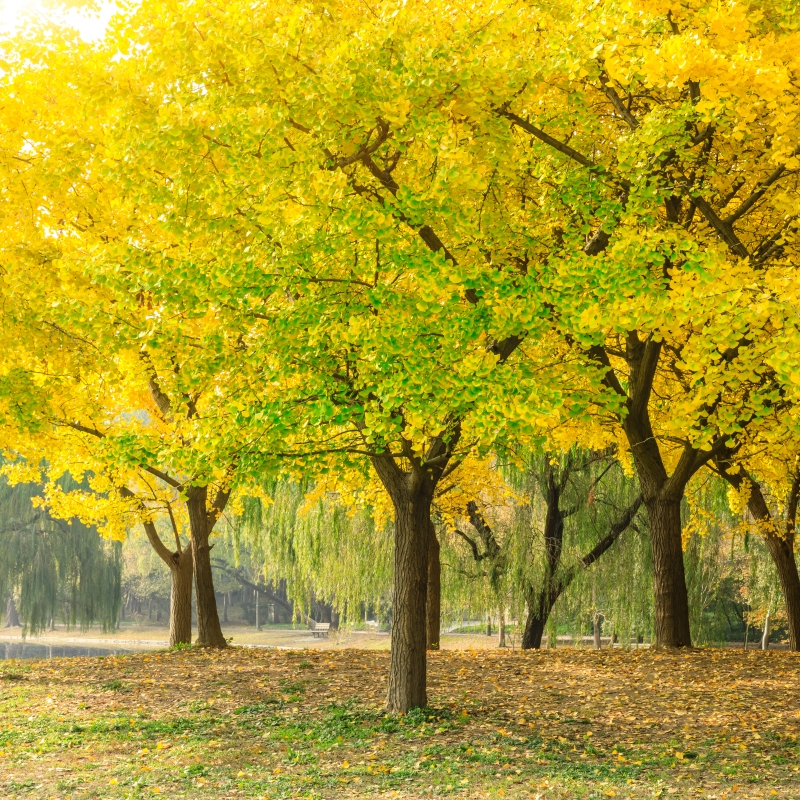
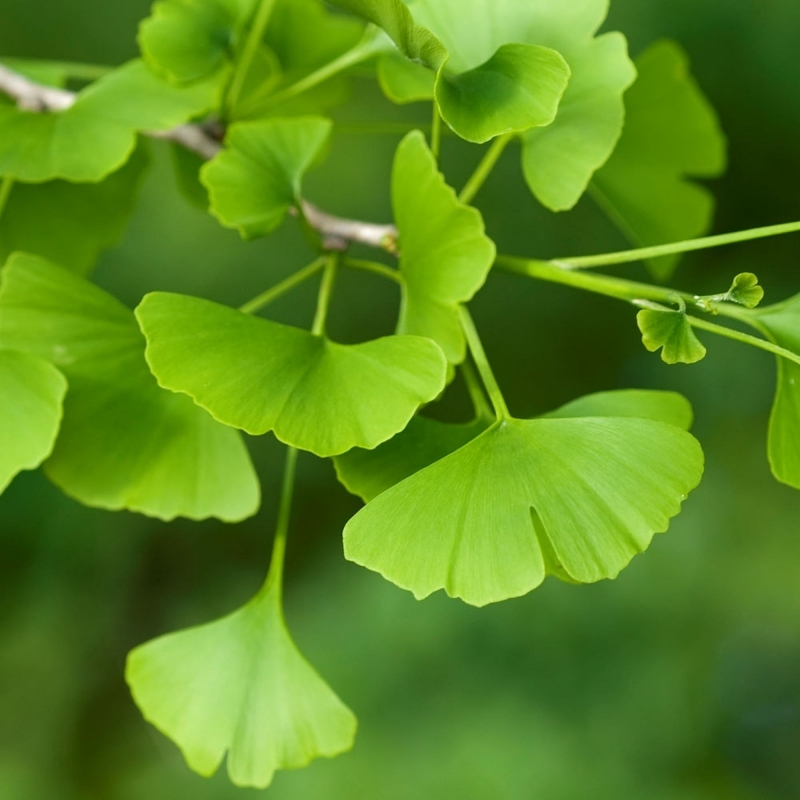
Ginkgo Biloba Tree
Ginkgo biloba
14 reviews
Ginkgo Biloba Tree
Ginkgo biloba
14 reviews
- Beautiful green, fan-shaped leaves turn a vibrant golden yellow in the fall
- Low-maintenance and tolerant of pollution and urban conditions
- Known for their longevity, with some Ginkgo trees living for over 1,000 years
- Recommended by landscape designers for optimal fit in real yards
$91.00
$130.00
30% Off
- Ships to 43215 in 3 to 7 days
- Free Shipping Over $150
- Plant Arrival Guarantee
- In Stock
- Free Plant Consult
$200 - Landscape-Approved: Every Plant We Sell Comes With Design Expertise Behind It
- 2.5 Gallon 5-6 Feet
- 1 Gallon
- 2.5 Gallon 3-4 Feet
- 2.5 Gallon 4-5 Feet
Not just beautiful - intentionally selected by ShrubHub's 3D landscape design team to fit real-world spaces and maximize yard potential.
Why Ginkgo Biloba Tree?
Ginkgo Trees are ancient, with fossils dating back over 270 million years. They are known for their unique fan-shaped leaves that turn a striking golden color in the fall. Ginkgo Trees are also prized for their medicinal properties, with extracts from their leaves used to improve memory and cognitive function. These trees are also extremely hardy and resistant to pests and diseases.
People who loved this plant also bought
Sunlight
Ginkgo trees require full sun to thrive, meaning they need at least 6 hours of direct sunlight per day. They can tolerate some shade, but they will not grow as well or produce as many leaves if they do not receive enough sunlight.
Watering
Ginkgo trees have a moderate watering requirement and prefer well-drained soil. They should be watered deeply and infrequently, allowing the soil to dry out slightly between waterings. Over-watering can lead to root rot, so it is important not to let the s
Fertilizing
Ginkgo trees benefit from a balanced fertilizer with equal parts nitrogen, phosphorus, and potassium. They prefer a slow-release fertilizer applied in early spring, avoiding excessive fertilization that can lead to weak growth and susceptibility to pests a
Ginkgo Trees (Ginkgo biloba)
Ginkgo trees, also known as Ginkgo biloba, are ancient trees that have been around for millions of years. They are a unique species that is both beautiful and resilient, making them a popular choice for landscaping.
Features:
- Distinct fan-shaped leaves that turn a golden yellow in the fall
- Tolerant of urban pollution and pests
- Can live for hundreds of years with proper care
- Produces edible fruits that have a foul odor when ripe
Uses:
Ginkgo trees are often planted as ornamental trees in parks, gardens, and along streets. They also have a long history of use in traditional medicine for their potential health benefits.
Care:
- Plant in well-draining soil in a sunny location
- Water regularly, especially during dry periods
- Prune to maintain a desired shape and remove dead or damaged branches
Plant Information:
| Botanical Name: | Ginkgo biloba |
| USDA Zones: | 3 - 8 |
| Water: | Moderate |
| Exposure: | Full Sun |
| Soil Needs: | Requires Good Drainage |
| Mature Height: | 50 - 80 feet |
| Mature Spread: | 30 - 40 feet |
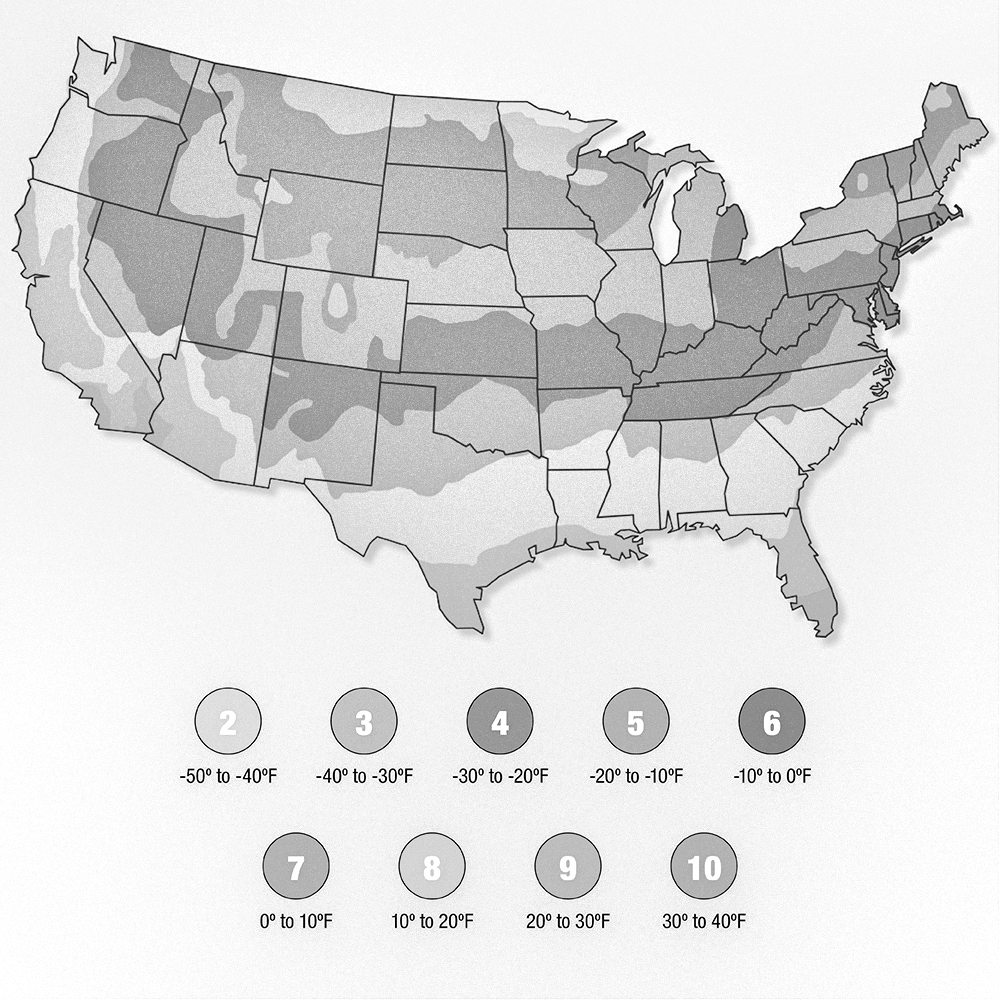

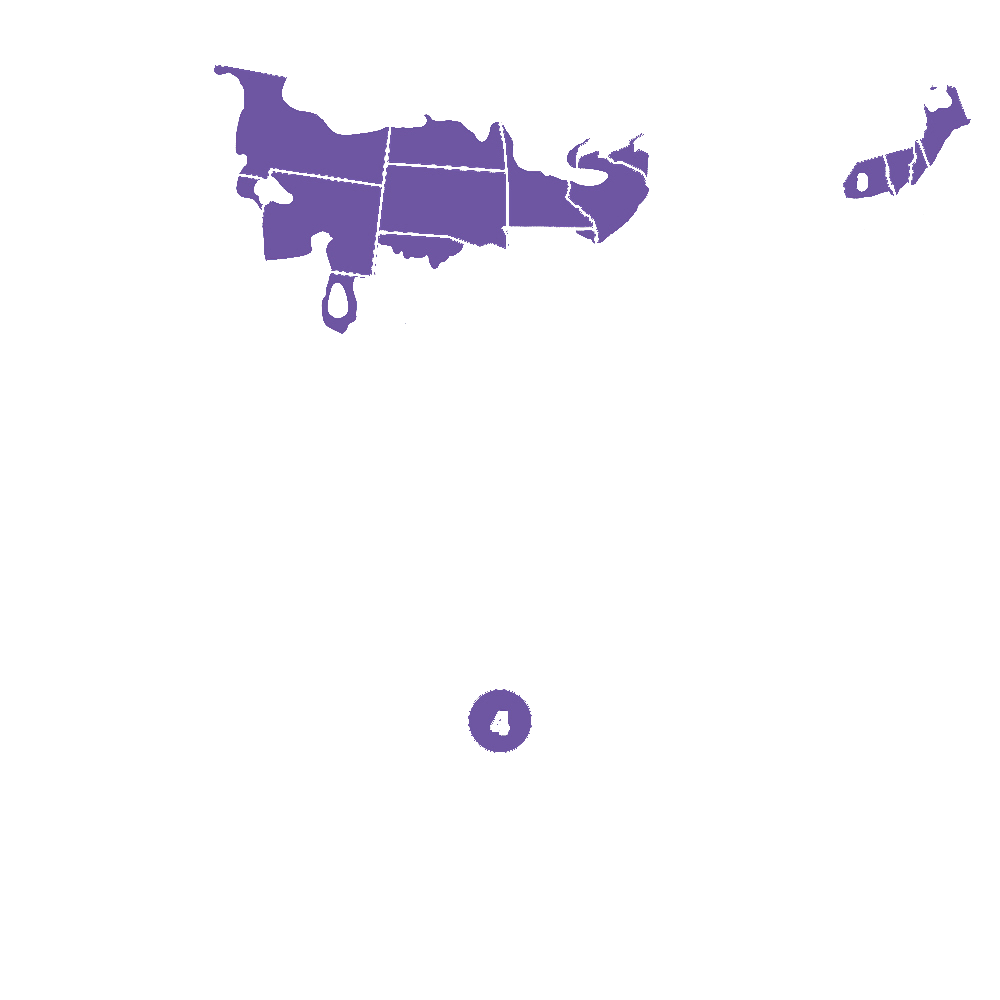
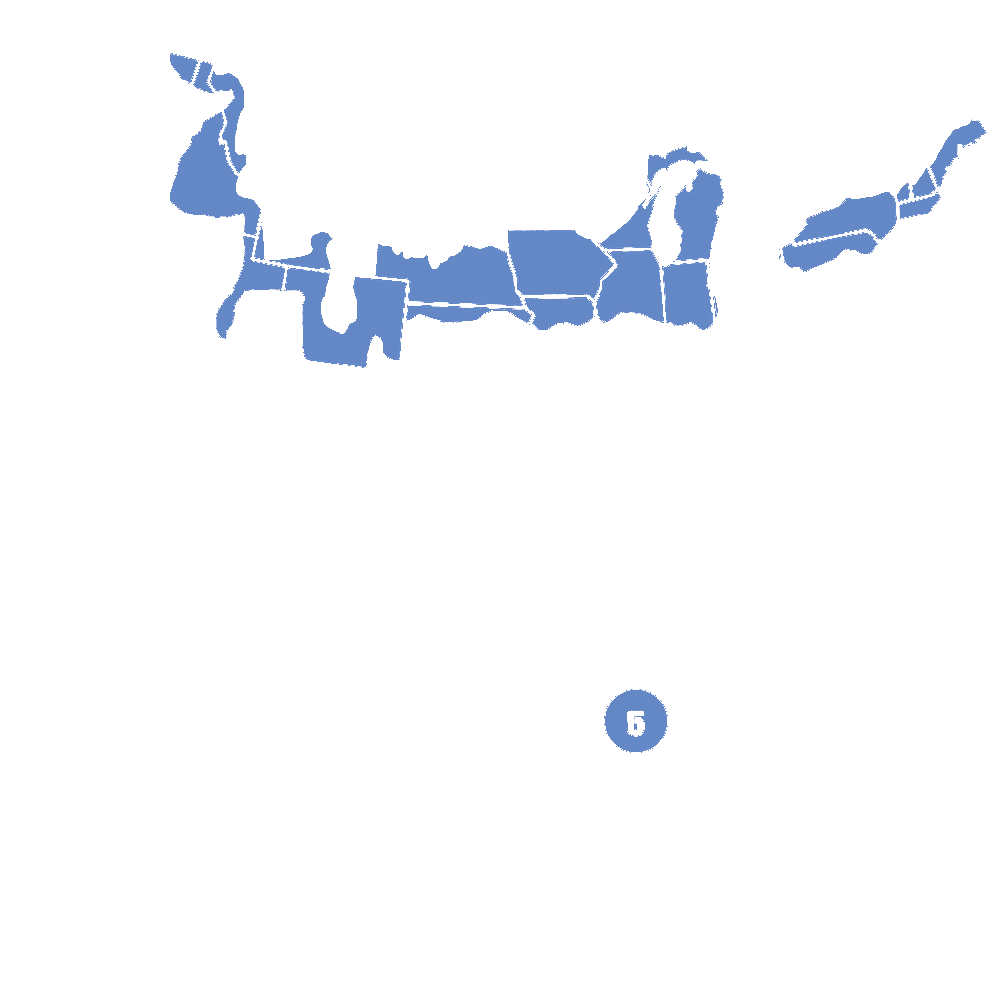
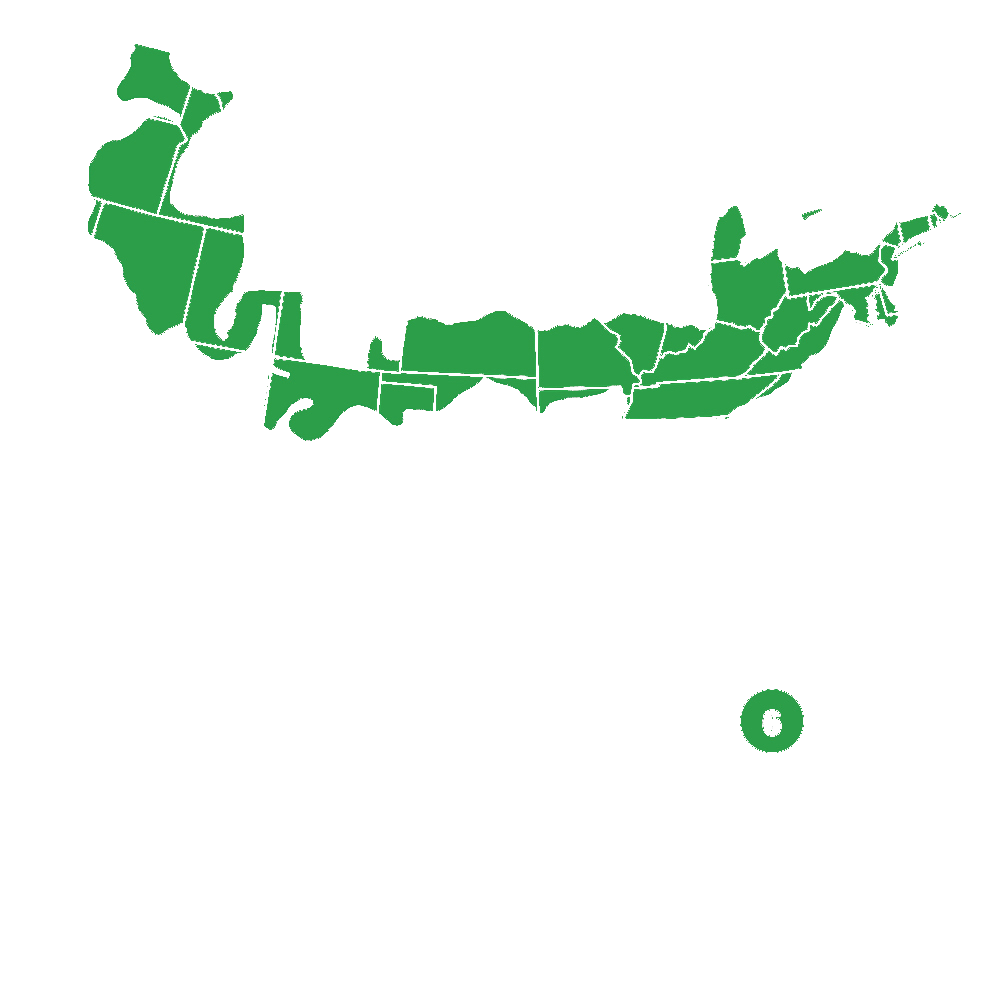

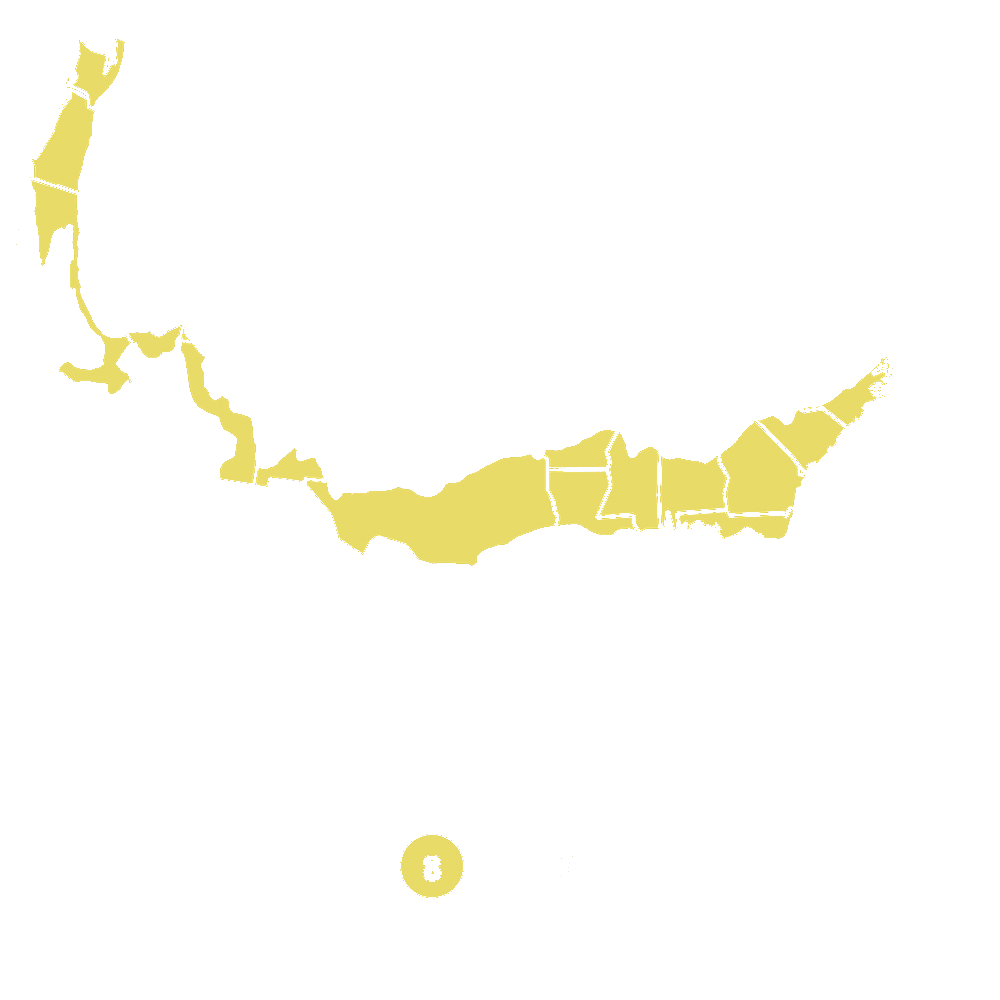
Pollination Info
Ginkgo Tree Pollination Information
Ginkgo trees, also known as Ginkgo biloba, are dioecious, meaning there are separate male and female trees. The male trees produce pollen cones, while the female trees produce ovules that can develop into seeds.
Pollination Process
During the spring, male ginkgo trees release pollen into the air. The wind carries the pollen to the female trees where fertilization occurs. Once fertilized, the female trees produce seeds enclosed in a fleshy outer layer known as the sarcotesta.
Role of Insects
While ginkgo trees primarily rely on wind pollination, insects such as beetles and flies may also play a role in pollinating these trees. These insects are attracted to the foul-smelling fruit produced by the female trees and may inadvertently transfer pollen between trees.
Pollination Timing
Ginkgo trees typically bloom in late spring. It is important for male and female trees to be in close proximity for successful pollination to occur. Planting both male and female trees in urban or residential areas can help ensure proper pollination.
FAQ
Frequently Asked Questions about Ginkgo Trees (Ginkgo biloba)
Q: What is a Ginkgo tree?
A: Ginkgo trees, also known as Ginkgo biloba, are ancient deciduous trees that are native to China. They are known for their distinct fan-shaped leaves and are often planted for their ornamental value.
Q: How tall do Ginkgo trees grow?
A: Ginkgo trees can grow up to 50 to 80 feet tall, depending on the variety and growing conditions.
Q: Do Ginkgo trees produce fruit?
A: Yes, female Ginkgo trees produce a fleshy fruit that contains a hard seed. However, the fruit has a strong odor that is often considered unpleasant, and many landscapers prefer to plant male trees, which do not produce fruit.
Q: Are Ginkgo trees easy to care for?
A: Ginkgo trees are relatively low-maintenance and are tolerant of a wide range of growing conditions. They prefer well-drained soil and full sun but can adapt to different soil types and light levels.
Q: When is the best time to plant a Ginkgo tree?
A: The best time to plant a Ginkgo tree is in the fall, so it has time to establish its roots before winter. However, they can also be planted in the spring if necessary.
Q: How fast do Ginkgo trees grow?
A: Ginkgo trees are slow-growing but can eventually reach their mature height of 50 to 80 feet. They typically grow about 1 to 2 feet per year.
Q: Do Ginkgo trees change color in the fall?
A: Yes, Ginkgo trees are known for their vibrant yellow foliage in the fall. The leaves turn a bright golden yellow before dropping off the tree.
Q: Are Ginkgo trees susceptible to pests or diseases?
A: Ginkgo trees are relatively pest and disease-resistant. They are not commonly affected by pests or diseases, making them a low-maintenance choice for landscaping.
Planting & Care
Planting and Care for Ginkgo Trees (Ginkgo biloba)
Ginkgo trees are unique and beautiful addition to any landscape. Here are some tips on how to plant and care for them:
Planting:
- Choose a sunny location with well-draining soil.
- Dig a hole twice as wide as the root ball of the tree.
- Place the tree in the hole and backfill with soil, ensuring the tree is at the same level as it was in the container.
- Water the tree thoroughly after planting.
Care:
- Water ginkgo trees regularly, especially during dry periods.
- Apply a layer of mulch around the base of the tree to retain moisture.
- Prune the tree as needed to maintain its shape and remove any dead or damaged branches.
- Fertilize the tree in the spring with a balanced fertilizer.
- Protect the tree from strong winds.
- Keep an eye out for pests and diseases, and treat promptly if detected.
With proper planting and care, your ginkgo tree can thrive and provide years of beauty in your landscape.
Check Out These Verified Customer Reviews:
Customer Reviews
4.6 out of 5 based on 14 reviews
Thank you! Your review has been submitted.
Easy website navigation, quick checkout.
The website was easy to navigate and the checkout process was smooth. Received my Ginkgo tree sooner than expected.
There was a slight delay in the shipment of my Ginkgo tree, but the customer service was helpful in resolving the issue.
Item has been added to your cart.

